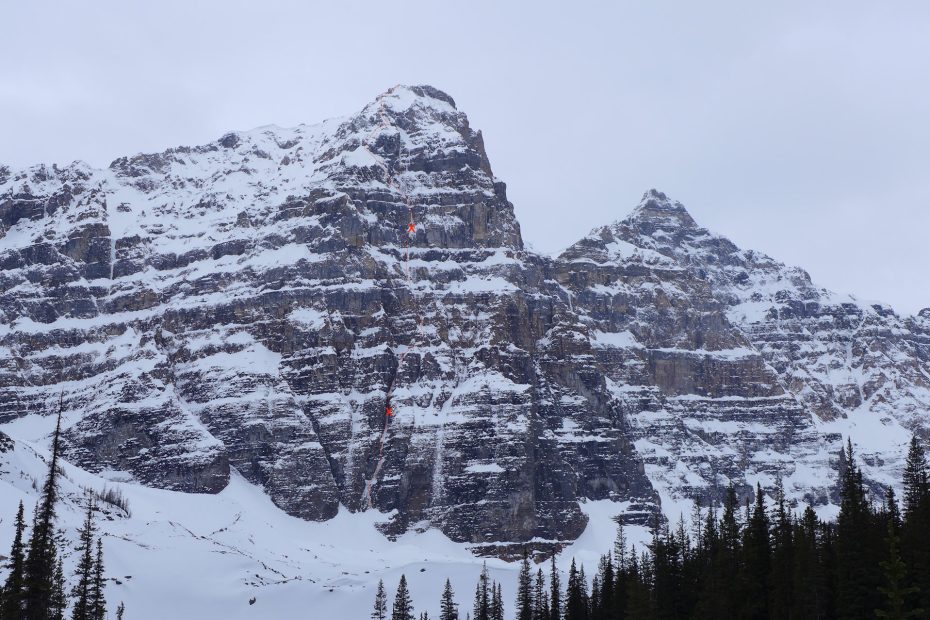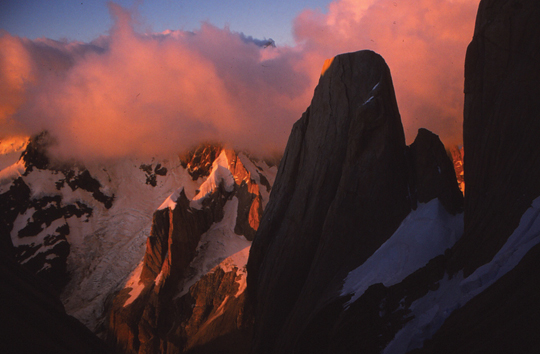Remembering Ed Webster: 1956-2022
One of climbing’s great Renaissance men, Ed Webster, 66, died of natural causes at his Maine home on November 22. Friend and climbing historian Jeff Achey described Webster as “one of the most important rock climbers of his era, on par, in his unique way, with John Bachar, Henry Barber and Jimmy Dunn.” Webster blazed new routes from Cathedral Ledge to Colorado, to the Utah desert and, with three friends in 1988, to Chomolungma’s Kangshung Face. A route that Reinhold Messner endorsed as “the best ascent of Everest in terms and style of pure adventure.” Beyond the climbs, Webster was also a consummate writer and author, and his words still ring today.
![Ed Webster overlooking the valley of Indian Creek and the shadow of the Bridger Jack spires, 1984. [Photo] Jeff Achey](https://dev.alpinist.com/wp-content/uploads/2023/09/ed-webster-1-930x620.jpg)
![Evelio Echevarria in 2018. [Photo] Cameron M. Burns](https://dev.alpinist.com/wp-content/uploads/2023/09/evelio-echevarria-1-930x620.jpg)
![Zoe Burns sending Laundry (V2) on her home wall in Basalt, Colorado. Scientists are encouraging climbers to refrain from climbing popular outdoor routes because the coronavirus can remain infectious on a variety of surfaces, including rock, for significant periods of time. [Photo] Cam Burns](https://dev.alpinist.com/wp-content/uploads/2023/09/zoe-burns-1-930x620.jpg)






